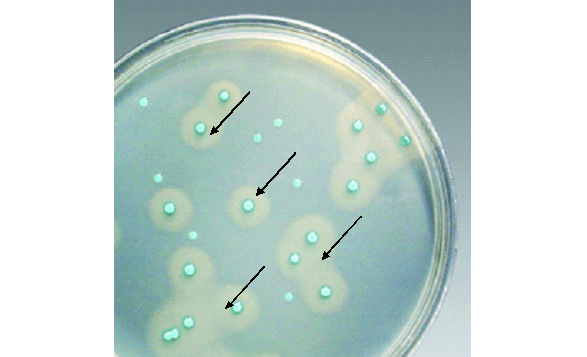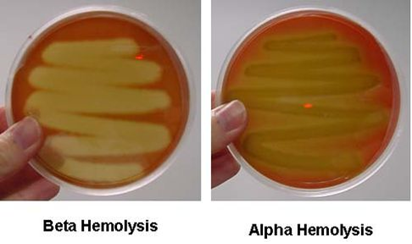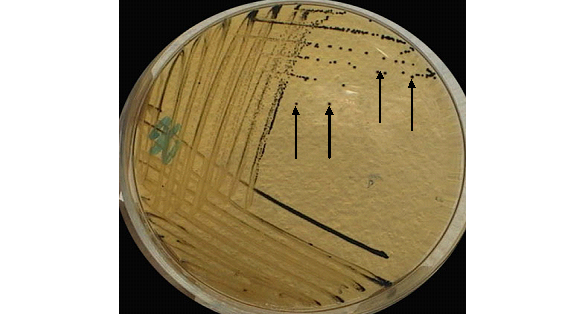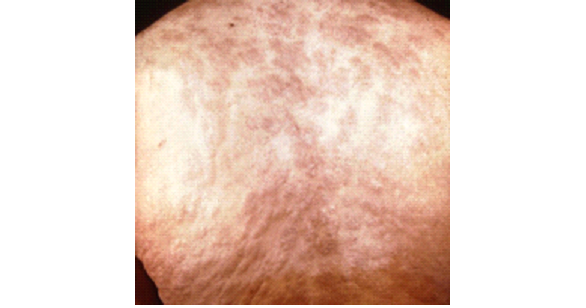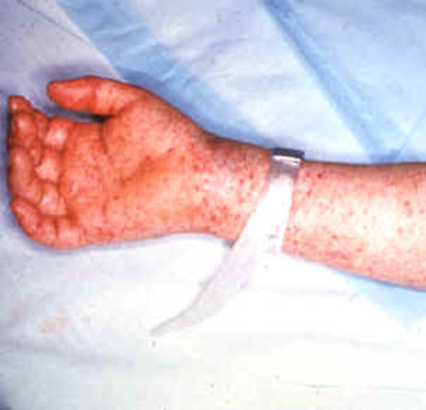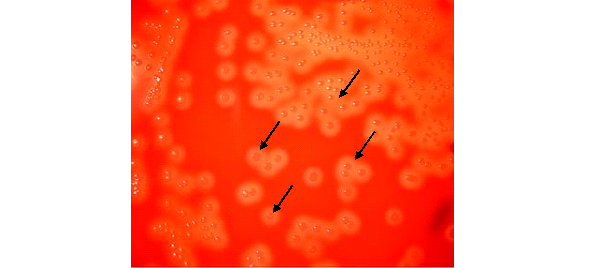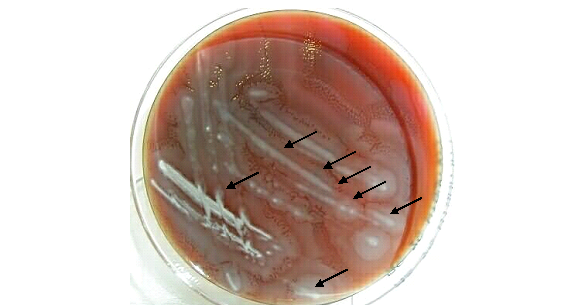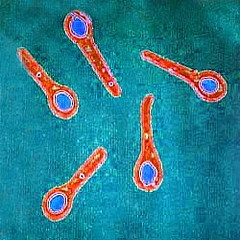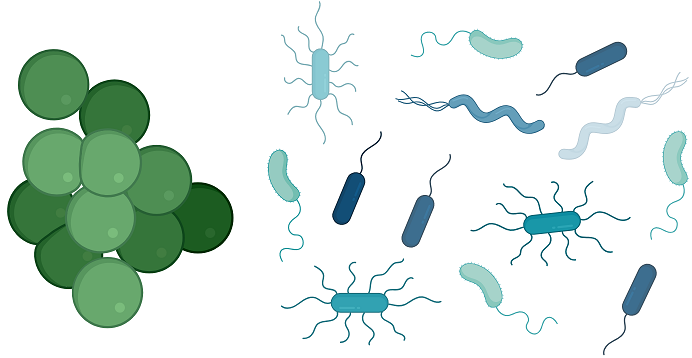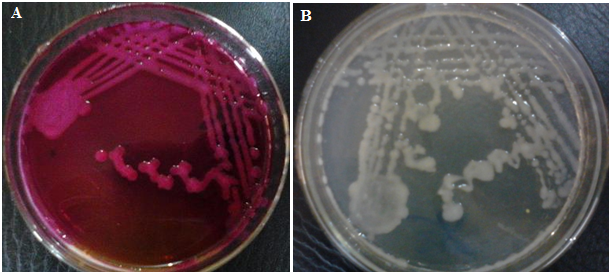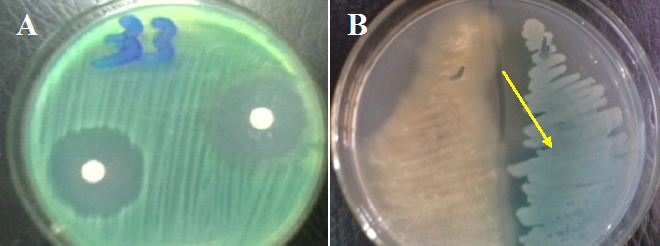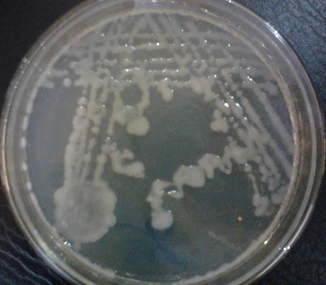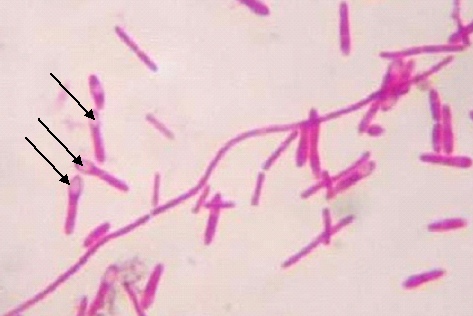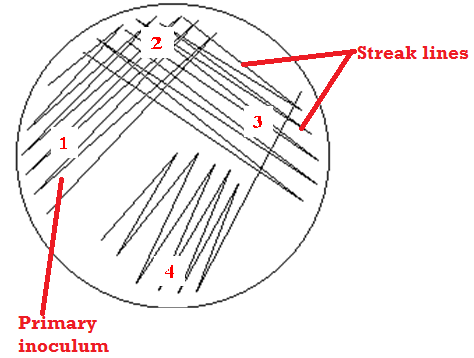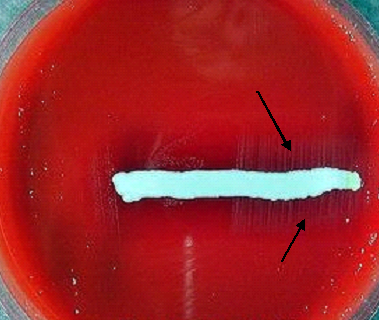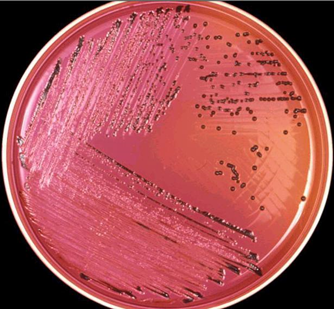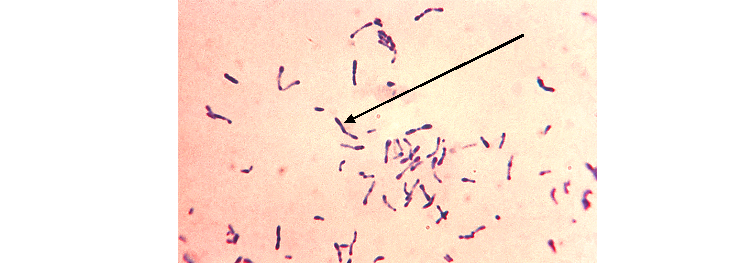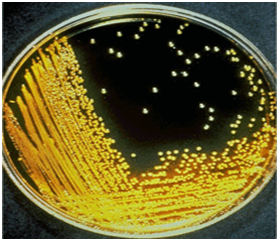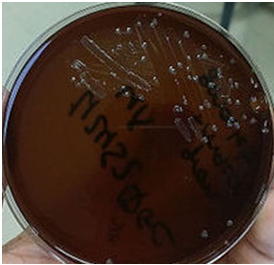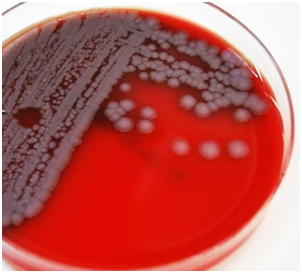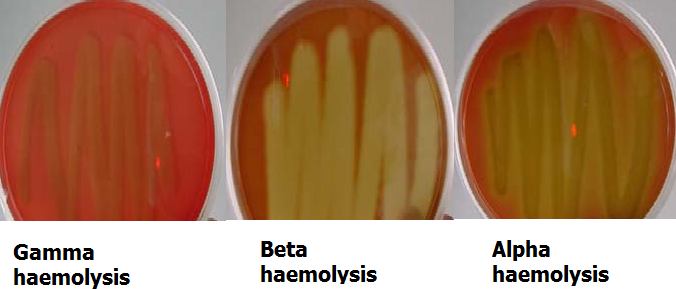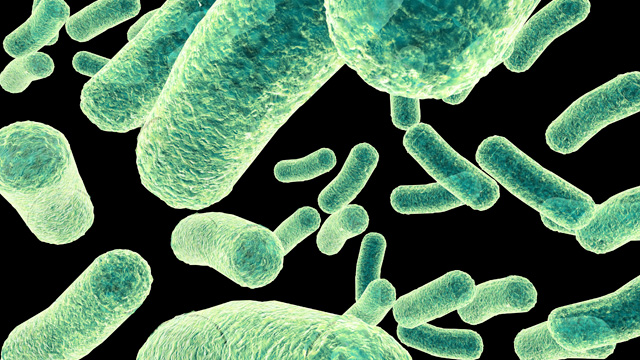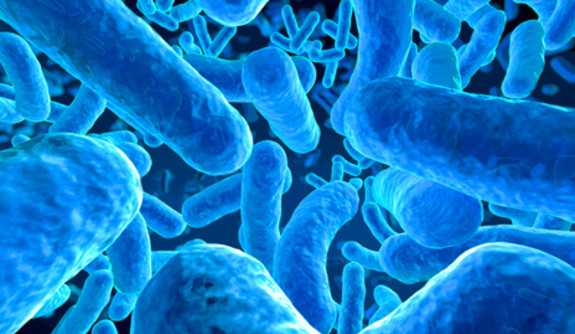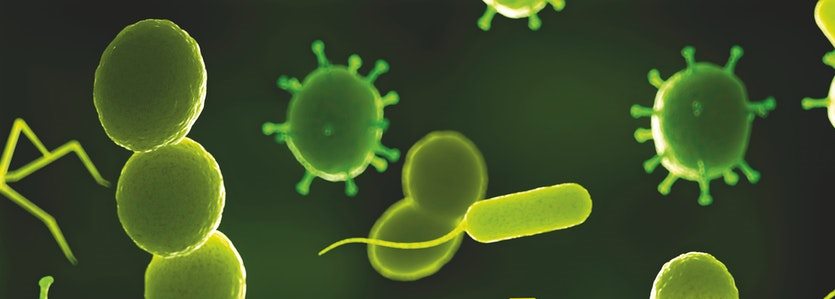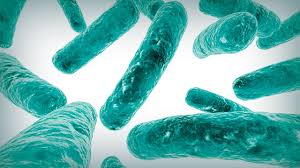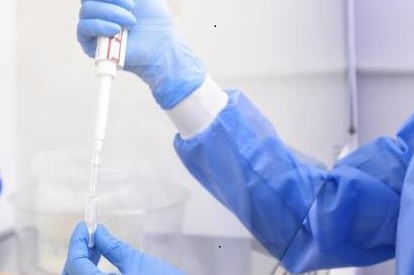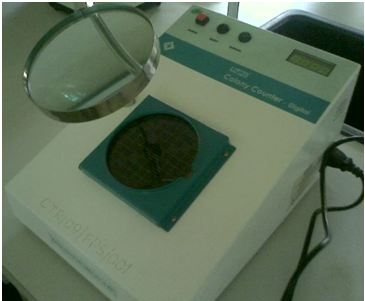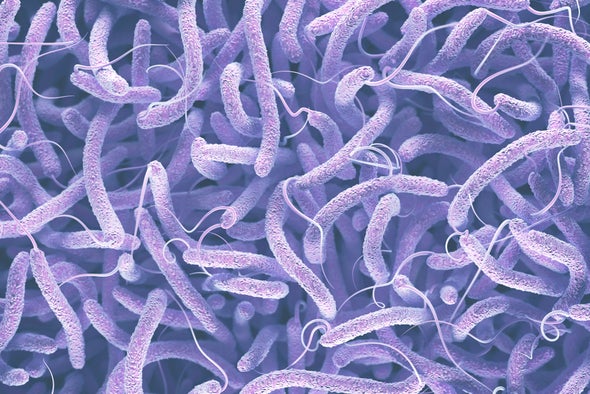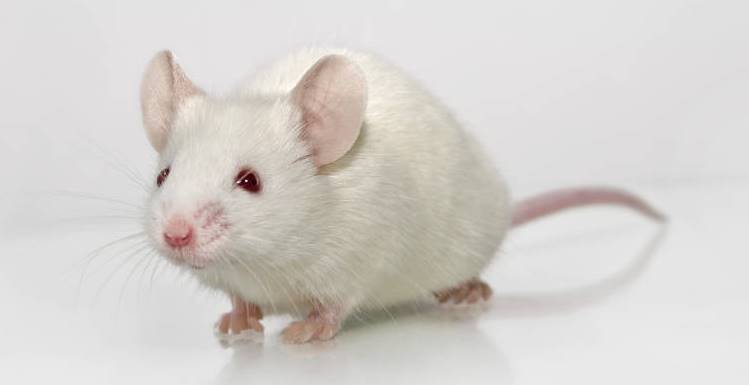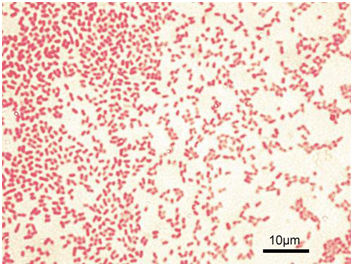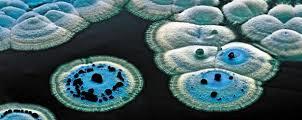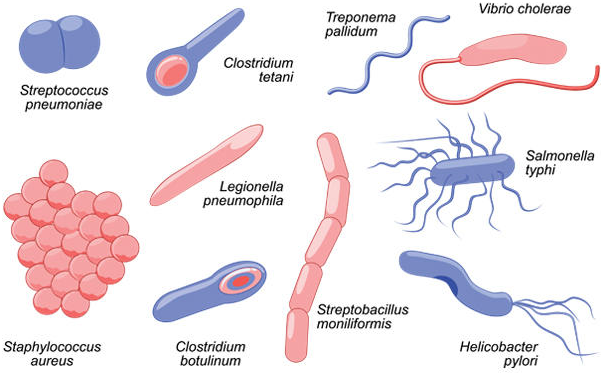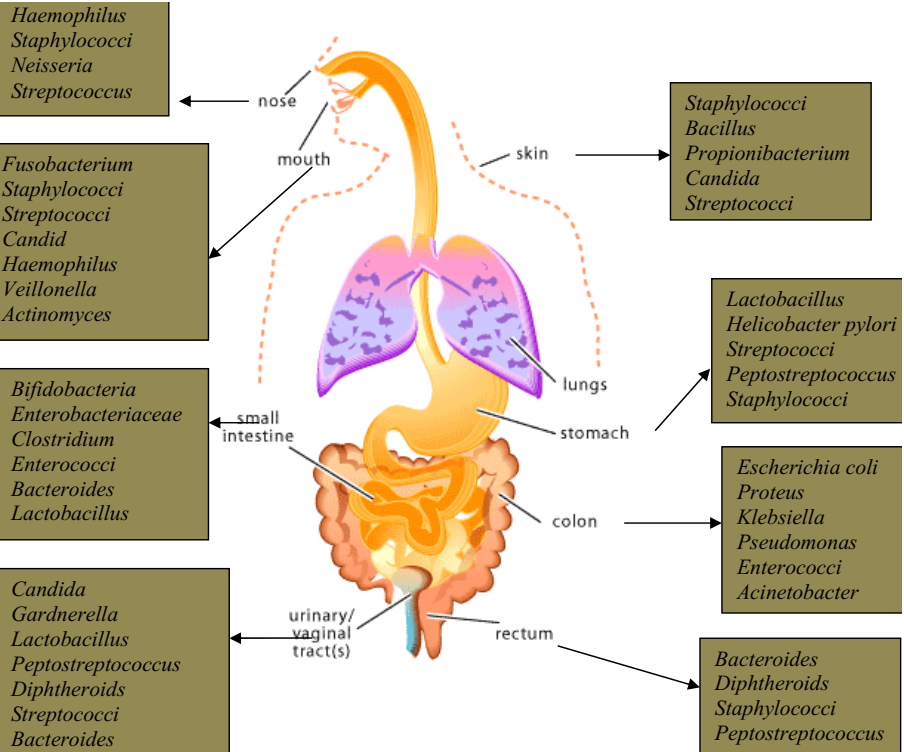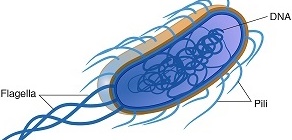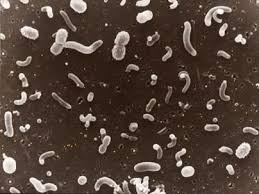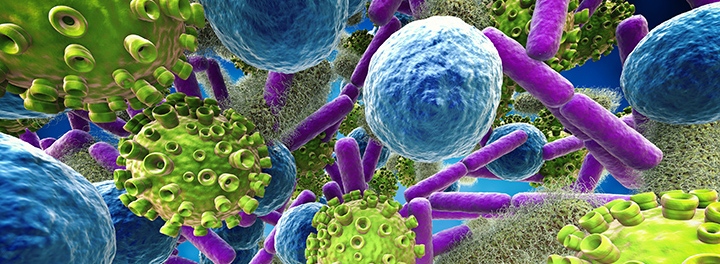Listeria monocytogenes is a Gram-positive, catalase-positive, non-spore forming, aerobic or anaerobic intracellular rod bacterium in […]
Category: Bacteriology
STREPTOCOCCUS PNEUMONIAE
Streptococcus pneumoniae, prevalent in the human upper respiratory tract, causes various infections including pneumonia, often in vulnerable individuals. Its virulence is linked to its polysaccharide capsule, interfering with phagocytosis. Early detection and treatment with appropriate antibiotics and preventive vaccination are vital, especially for high-risk groups like the elderly and immunocompromised individuals.
SHIGELLA DYSENTERIAE
Shigella dysenteriae is a Gram-negative, non-motile bacterium causing bacillary dysentery. It’s transmitted primarily through the fecal-oral route, requiring a low dose to initiate infection. Symptoms include bloody diarrhea and abdominal cramps. Diagnosis involves stool cultures, and treatment may include antibiotics for severe cases. Prevention focuses on hygiene and clean water.
TREPONEMA PALLIDUM
Treponema pallidum, a Gram-negative spirochaete, causes syphilis, a contagious STD spread through direct contact, including mother-to-child transmission. The disease progresses through primary, secondary, and tertiary stages without treatment, potentially causing severe complications. Laboratory diagnosis relies on serological tests, as the bacterium cannot be cultured in vitro. Prevention includes safe sexual practices and treating infected individuals.
Helicobacter pylori
Helicobacter pylori is a spiral-shaped bacterium causing peptic and gastric ulcers, linked to stomach cancer. It survives stomach acidity by producing urease, creating an alkaline environment. Spread via fecal-oral route, it induces inflammation in the gastric mucosa. Diagnosis involves invasive and non-invasive tests, treatment includes antibiotics and protein-pump inhibitors. Prevention focuses on hygiene.
SALMONELLA (S. TYPHI)
Salmonella Typhi, a Gram-negative rod, causes typhoid fever in humans, transmitted through contaminated food and water. Non-typhoid strains, like S. Typhimurium, cause gastrointestinal infections. Infections primarily spread via the fecal-oral route, and effective prevention includes good hygiene, proper food handling, and clean water. Treatment involves antibiotics and hydration.
RICKETTSIA PROWAZEKII
Rickettsia prowazekii is an obligate intracellular parasite causing epidemic typhus, primarily transmitted via lice bites. Symptoms include vasculitis, thrombosis, and systemic infections. Diagnosis involves serological tests and cell culture. Treatment includes chloramphenicol and tetracyclines; prevention focuses on vector control and hygiene. RMSF and Q fever are related rickettsial diseases.
STREPTOCOCCUS PYOGENES
Streptococcus pyogenes, a Group A Streptococcus, is a Gram-positive bacterium causing pharyngitis and various streptococcal diseases like scarlet fever, cellulitis, and necrotizing fasciitis. It produces numerous virulence factors including streptolysins and exotoxins. Diagnosis involves cultural, microscopic, and serological tests. Treatment includes antibiotics like penicillin, and no vaccines exist currently.
STAPHYLOCOCCUS AUREUS
Staphylococcus aureus, a Gram-positive bacterium, is often found in the nose and skin of humans. It causes various infections including pneumonia, gastroenteritis, and toxic shock syndrome, aided by its production of toxins and enzymes. Resistant strains like MRSA are prevalent. Prevention relies on hygiene practices, as vaccines are unavailable.
PROTEUS MIRABILIS
Proteus mirabilis is a Gram-negative, motile, non-capsulated, facultative anaerobic, non-lactose fermenting and pleomorphic bacillus in […]
CLOSTRIDIUM TETANI
CLOSTRIDIUM TETANI Clostridium tetani is a Gram-positive, motile, anaerobic, spore-forming, rod-shaped bacterium found in the […]
GARDNERELLA VAGINALIS
GARDNERELLA VAGINALIS Gardnerella vaginalis in association with other bacteria is the causative agent of bacterial […]
KLEBSIELLA PNEUMONIAE
Klebsiella pneumoniae is a Gram-negative, encapsulated, lactose-fermenting, non-motile, facultative rod in the genus Klebsiella and […]
PSEUDOMONAS AERUGINOSA
Pseudomonas aeruginosa is a non-enteric, oxidase positive, Gram-negative, motile; obligate aerobic straight or curved rod […]
CULTURING TECHNIQUE
Culturing technique is used for the propagation of microorganisms in the microbiology laboratory; and it […]
ESCHERICHIA COLI
Escherichia coli is a facultative, enteric, Gram-negative, motile/flagellated, and lactose-fermenting rod that occur in the […]
CLOSTRIDIUM BOTULINUM
Clostridium botulinum is a Gram-positive, strict-anaerobic, motile, pleomorphic, catalase-negative, endospore-forming bacillus (rod) that is ubiquitously […]
STREAKING TECHNIQUE
Streaking is a microbiological technique that is used to obtain pure cultures of microorganisms (particularly […]
MYCOBACTERIUM TUBERCULOSIS
Mycobacterium tuberculosis is a slim, non-motile, non-spore forming, Gram-positive, obligate aerobe, and acid-fast bacillus (rod) […]
HAEMOPHILUS INFLUENZAE
Haemophilus influenza is a small, Gram-negative, non-sporulating, non-motile, urease positive, indole positive, pleomorphic, rod-like or […]
STOOL CULTURE TECHNIQUE
Stool culture is demanded in the bacteriology laboratory as method for detecting and diagnosing enteric […]
CORYNEBACTERIUM DIPHTHERIAE
Corynebacterium diphtheriae is a Gram-positive, non-spore forming, aerobic, rod-shaped and motile bacterium that causes diphtheria, […]
VIBRIO CHOLERAE
Vibrio cholerae is a Gram-negative, oxidase positive, spiral, non-spore forming, facultative, motile, curved or straight […]
NEISSERIA GONORRHOEAE
Neisseria gonorrhoeae is a Gram-negative, oxidase-positive, non-motile, non-sporulating, non-capsulate, diplococcus found asymptomatically in humans. N. […]
Bacillus anthracis
Bacillus anthracis is a mesophilic, Gram-positive, aerobic, catalase-positive, rod-like and spore-forming bacterium that causes anthrax […]
MICROBIAL HAEMOLYSIS IN BLOOD AGAR
Haemolysis is the breakdown of red blood cells (RBCs). Certain bacterial species including Streptococcus and […]
PATHOGENICITY ISLANDS
Pathogenicity islands (PAIs) are the regions of bacterial chromosome (usually of foreign origin) that contain […]
BACTERIAL ENZYMES THAT EXCITE PATHOGENICITY
Pathogenic bacteria produce numerous enzymes that help to increase their pathogenicity and/or virulence during an […]
ENDOTOXIN PRODUCING BACTERIA
Endotoxins are microbial toxins which are produced only on cell lysis i.e. on cell death. […]
EXOTOXIN PRODUCING BACTERIA
Exotoxins are extracellular toxins produced by living bacterial cells. They are protein molecules excreted by […]
BACTERIAL TOXINS
Toxins are specific microbial products or secretions which at very low concentrations can act specifically […]
Characteristics of Pathogenic Microorganisms (Bacteria)
Bacterial pathogens that cause infections in humans have innate characteristic mechanisms with which they use […]
INOCULUM SIZE OF MICROBES
Inoculum size is defined as the number of invading pathogenic microorganisms that is sufficient enough […]
COLONY COUNTER
Colony counter is a piece of equipment which is used in the microbiology laboratory to […]
Botulism – a public health menace
Key facts Foodborne botulism is a serious, potentially fatal disease. However, it is relatively rare. […]
Glass Plating Beads for spreading bacteria/fungi on culture plate
Glass Plating Beads are reusable beads which helps to spread suspensions of microorganisms (bacteria or […]
Cholera – a public health threat
Cholera is an infectious disease that causes severe watery diarrhea, which can lead to dehydration […]
Buruli ulcer (Mycobacterium ulcerans infection)
Key facts about Buruli ulcer Buruli ulcer, caused by Mycobacterium ulcerans, is a chronic debilitating disease that […]
PROKARYOTIC CELLS
Prokaryotic cells are microbial cells that have chromosomes that are not separated from the cytoplasm […]
AXENIC (Gnotobiotic) ANIMALS
Axenic animals are laboratory controlled animals that are germ-free i.e. animals that are not contaminated […]
INOCULATION TECHNIQUE
Inoculation is a microbiology technique which is used to introduce or place specimens and microbial […]
Disease transmission & progression
To establish an infectious disease, a disease agent (including bacteria, fungi, viruses and protozoa) must […]
GRAM STAINING TECHNIQUE
Gram staining is a general purpose bacteriological identification technique used in the bacteriology section of […]
IMPORTANCE OF NORMAL MICROFLORA
After exposure to an infectious agent, the body becomes contaminated by the agent, and the […]
SHAPES / MORPHOLOGY OF BACTERIA
All bacterial cells are extremely infinitesimal (i.e. microscopic), and are never visible to the naked […]
MICROBIOTA (NORMAL MICROFLORA) OF LIVING ORGANISMS
Microbiota which can also be called normal microflora is the totality of microorganisms that are […]
OVERVIEW OF BACTERIA
Bacteria (singular: Bacterium) is one of the two important members of the prokaryotes (i.e. cells […]
LIST OF SOME BACTERIA OF MEDICAL IMPORTANCE AND THEIR FEATURES
Bacillus cereus Gram-positive rods Motile organism Forms endospores Colonies are non-haemolytic on blood agar Aerobic […]
INTRODUCTION TO BACTERIOLOGY LAB
Bacteriology is simply defined as the scientific study of bacteria. Pathogenic bacteriology thus, is the […]
Normal Microflora
The human body is inundated with plethora of harmless microorganism’s including fungi and bacteria found […]


